Our tree trimming service is the perfect way to keep your trees healthy and looking their best. We will carefully trim away any dead or damaged branches, as well as any branches that are growing too close to power lines or buildings. This will help improve the appearance of your trees, and also help to prevent any future damage or accidents.
We have a team of experienced and certified tree surgeons and arborists who are fully equipped to handle any tree trimming job, big or small. We always put the safety of our customers and employees first, so you can rest assured that your property is in good hands.
If you’re interested in learning more about our tree trimming service, or if you would like to schedule a free consultation, please contact us today. We look forward to hearing from you soon!
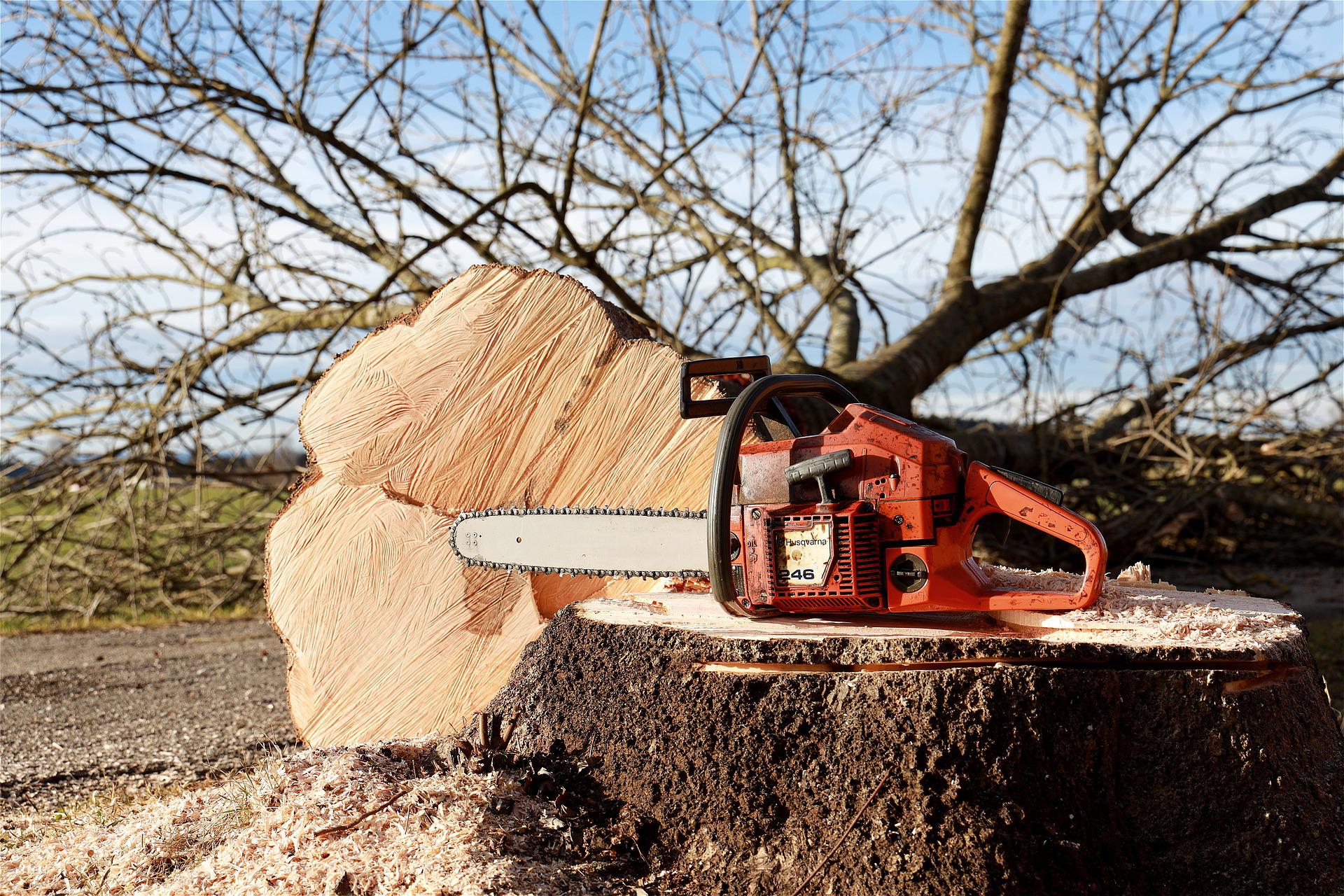

Telephone: 01xx-xxx-xxx
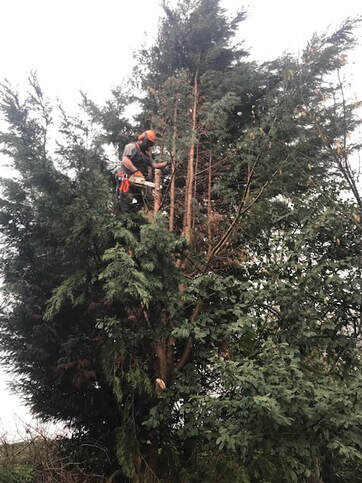
Tree trimming costs
The cost of tree trimming can vary depending on a number of factors, including the size and type of tree, how many trees you want trimmed down, the time of year, and the location. Generally speaking, the cost of tree trimming is between £100 and £200. However, there are some trees that may cost more to trim due to their size or type. For example, large oak trees typically cost more to trim than other types of trees. The time of year also plays a role in tree trimming costs. Tree trimming is typically more expensive during the summer months when demand is higher. Location is also a factor in tree trimming costs. Trees located in difficult-to-reach places or those that require special equipment to be trimmed may cost more than those that are easily accessible. The best way to get an accurate estimate of tree trimming costs is to contact our tree trimming company in the Nuneaton area and schedule a free consultation and quote.
Best time for tree trimming
The best time for tree trimming in the UK is during the months of March and April. This is because the trees are beginning to bud and the leaves are not yet fully grown. The trimmed branches will be less likely to damage any buildings or power lines, and the tree will be able to heal more quickly.
Additionally, tree trimming during this time of year will help to ensure that the tree grows back evenly. If you wait until the summer months to trim your tree, you may find that the new growth is not as even, and you may end up with an uneven or lopsided tree.
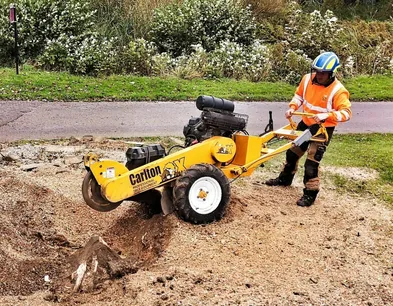
If you are unsure of when the best time to trim your tree is, you can contact Us at Nuneaton Trees, your local tree surgeon for advice. They will be able to assess the health of your tree and give you specific guidance on when to carry out the trimming.
When trimming your tree, it is important to use the correct tools. Using the wrong tools can damage the tree and cause further problems. Make sure that you have a sharp pair of shears or pruners, and that you know how to use them correctly.
If you are not confident in using the tools yourself, you can always hire our professional tree surgeons to carry out the work for you. This will ensure that the job is done properly and that your tree is healthy and looking its best.
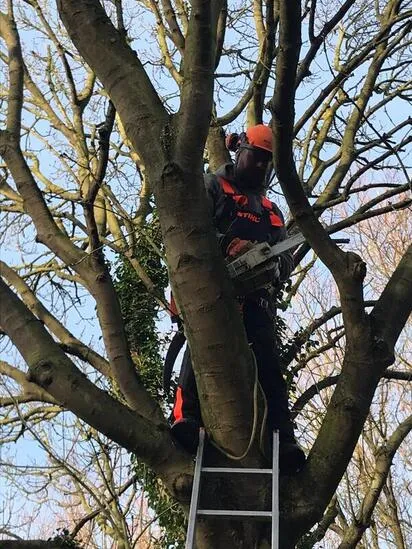
Should you trim lower branches on trees?
You may have heard that you should trim lower branches on trees to prevent them from getting in the way, but is this really necessary? Let’s take a look at the pros and cons of trimming lower branches.
On the plus side, trimming lower branches can help to keep your tree healthy by allowing more sunlight and air to reach the leaves. This can also help to prevent pests and diseases from taking hold. In addition, trimmed branches are less likely to snag on things or get in the way, making them less of a hazard.
On the downside, trimming lower branches can damage the tree if not done properly. It’s important to only remove small branches that are not essential to the tree’s structure. Removing too many branches can cause the tree to become misshapen or even topple over. In addition, it’s important to avoid wounding the tree’s trunk when trimming branches.t.
So, should you trim lower branches on your trees? It really depends on your particular situation. If you’re concerned about the health of your tree, or if lower branches are causing problems, then it may be worth considering trimming them back. However, if you’re not sure whether trimming is necessary or how to go about it safely, it’s always best to consult with a professional arborist or tree care specialis
Pollarding Trees
Pollarding is a pruning system in which the upper branches of a tree are removed, encouraging new growth from the lower trunk and branches. This practice has been used for centuries to create wood for fuel, fencing, and other purposes. In more recent years, it has become popular as a way to manage trees in urban areas and prevent them from becoming too large.
Pollarding can be done on many different types of trees, but some of the most common include elm, maple, oak, and willow. The process typically begins when the tree is young – around 3-5 years old – and is repeated every few years as needed.
There are several benefits to pollarding trees. First, it helps to control their size, which can be important in areas where space is limited. Second, it encourages new growth, which can make the tree more resilient to pests and diseases. Finally, pollarded wood is often denser and stronger than unpollarded wood, making it ideal for use in construction or other projects.


If you’re interested in pollarding a tree on your property, it’s important to consult with our aborist tree experts first. They will be able to advise you on whether or not pollarding is right for your tree, and can help you create a plan that will ensure its long-term health and vitality.
How often should trees be trimmed?
While there is no definitive answer to how often trees should be trimmed, the general consensus is that it depends on the type of tree and its location. For example, fruit trees and those located near power lines may need to be trimmed more frequently than others. Ultimately, it is best to consult with our professional arborist to determine the best trimming schedule for your particular tree.
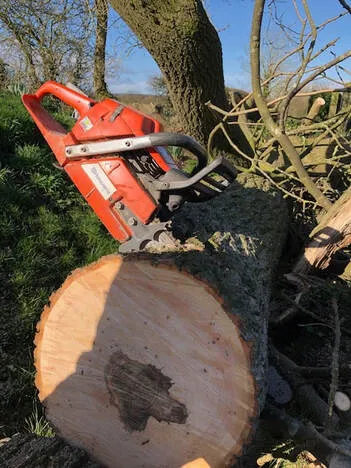
Why do tree experts tell you not to prune your trees during the summer?
Most trees need to be trimmed every 2-3 years in order to stay healthy and looking their best. However, some trees may need to be trimmed more or less often depending on their species and growing conditions. For example, fast-growing trees may need to be trimmed more often than slow-growing trees. If you’re not sure how often your tree should be trimmed, ask a professional arborist for advice.
Will tree branches grow back after cutting?
Yes, tree branches will grow back after cutting, but it depends on the type of tree. Some trees, like maples, require special pruning techniques to encourage new growth. Others, like oaks, simply need time to heal before regrowing new branches. In general, though, all trees have the ability to regrow their branches as long as they are not cut too close to the trunk or damaged beyond repair. With proper care, your tree will be back to its original glory in no time!
How do I know if my trees need trimming?
One of the best ways to know if your trees need trimming is to simply take a look at them. If you notice that they seem to be getting too close to power lines or buildings, then it’s probably time for a trim. Also, if you see dead branches or leaves, that’s another sign that your tree may need some attention.
Of course, you don’t have to wait until there’s a problem trimming your trees. You can also do it on a regular basis – just like you would with any other type of landscaping. By doing so, you can help keep your trees healthy and looking their best.
There are a few things you can look for to see if your trees need trimming:
-If you see dead or dying branches, these should be removed.
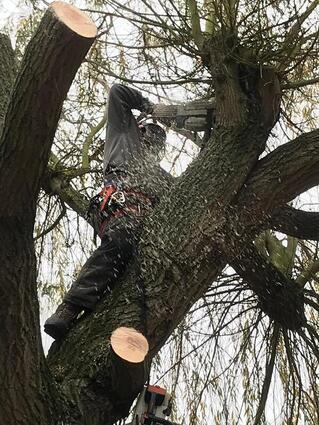
-If branches are rubbing against each other, this can cause damage and should be trimmed.
-If branches are growing into power lines or buildings, they should be trimmed back.
-If tree limbs are hanging over roads or walkways, they could pose a safety hazard and should be trimmed.
-Finally, if you just want to maintain the shape and size of your tree, periodic trimming may be necessary.

Who is responsible for trimming trees near power lines?
There is no definitive answer to this question as it can vary depending on the jurisdiction. However, in general, it is the responsibility of the utility company to maintain the power lines and clear any obstructions that may threaten their function. This includes trimming trees that could come into contact with the lines and pose a risk of outage or damage. Homeowners who have trees near power lines should be aware of this responsibility and take steps to ensure that the trees are trimmed regularly. failure to do so could result in a disruption of service or even a fine from the utility company.
Who is responsible for trimming trees near phone lines uk
The UK’s major telecommunications providers are responsible for maintaining the safety of their networks, which includes trimming trees near phone lines. If you have any concerns about the safety of a tree near your home or business, you should contact your service provider directly.
In most cases, service providers will have a team of specialist contractors who are experienced in dealing

with trees and power lines. They will be able to assess the situation and carry out any necessary work quickly and safely.
If you have any doubts about the safety of a tree, it is always best to err on the side of caution and contact your service provider. They will be able to offer advice and assistance, and ensure that the problem is dealt with swiftly and efficiently.
